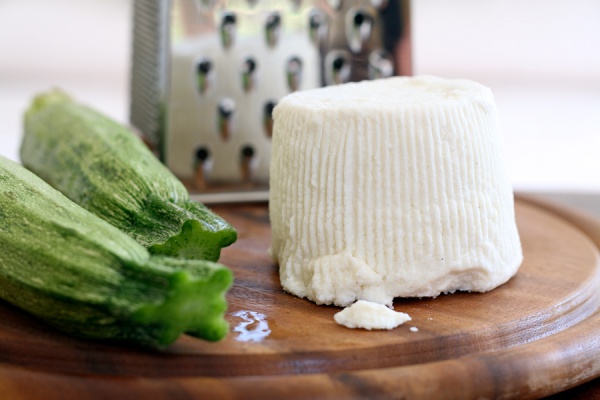Facts About Ricotta
Ricotta is a delightful Italian cheese crafted from the whey of sheep, cow, goat, or Italian water buffalo milk left over from the cheese-making process. To produce ricotta, the remaining proteins in the whey are coagulated by acidifying and heating it. This process causes the proteins to form curds, which are then separated and collected. The result is a creamy white cheese with a slightly sweet taste, and its fat content can vary depending on the type of milk used.
Ricotta boasts a rich history dating back to the Bronze Age on the Italian peninsula, where ancient ceramic milk boilers were employed to create fresh acid-coagulated cheeses. Over time, people began favoring rennet-coagulated cheeses due to their longer shelf life. Ricotta itself evolved from a mixture of whey and milk, and interestingly, the traditional methods of producing it have remained largely unchanged over the years.
There are both fresh and aged versions of ricotta. Fresh ricotta can be made from either whey or whole milk, with some varieties, such as Ricotta di Bufala Campana and Ricotta Romana, enjoying protection from the European Union. For those with a preference for aged cheeses, options like Ricotta Salata, Ricotta Infornata, Ricotta Affumicata, or Ricotta Forte offer unique flavors and textures.
Ricotta is incredibly versatile and used in a range of both sweet and savory Italian dishes. It features in desserts like cheesecakes and cannoli, as well as in savory favorites like pasta, pizza, and lasagna. It is not only an Italian staple; similar cheeses are popular in the United States, Tunisia, Spain, Portugal, Brazil, the Balkans, Greece, Cyprus, and India.

 Vatican
Vatican